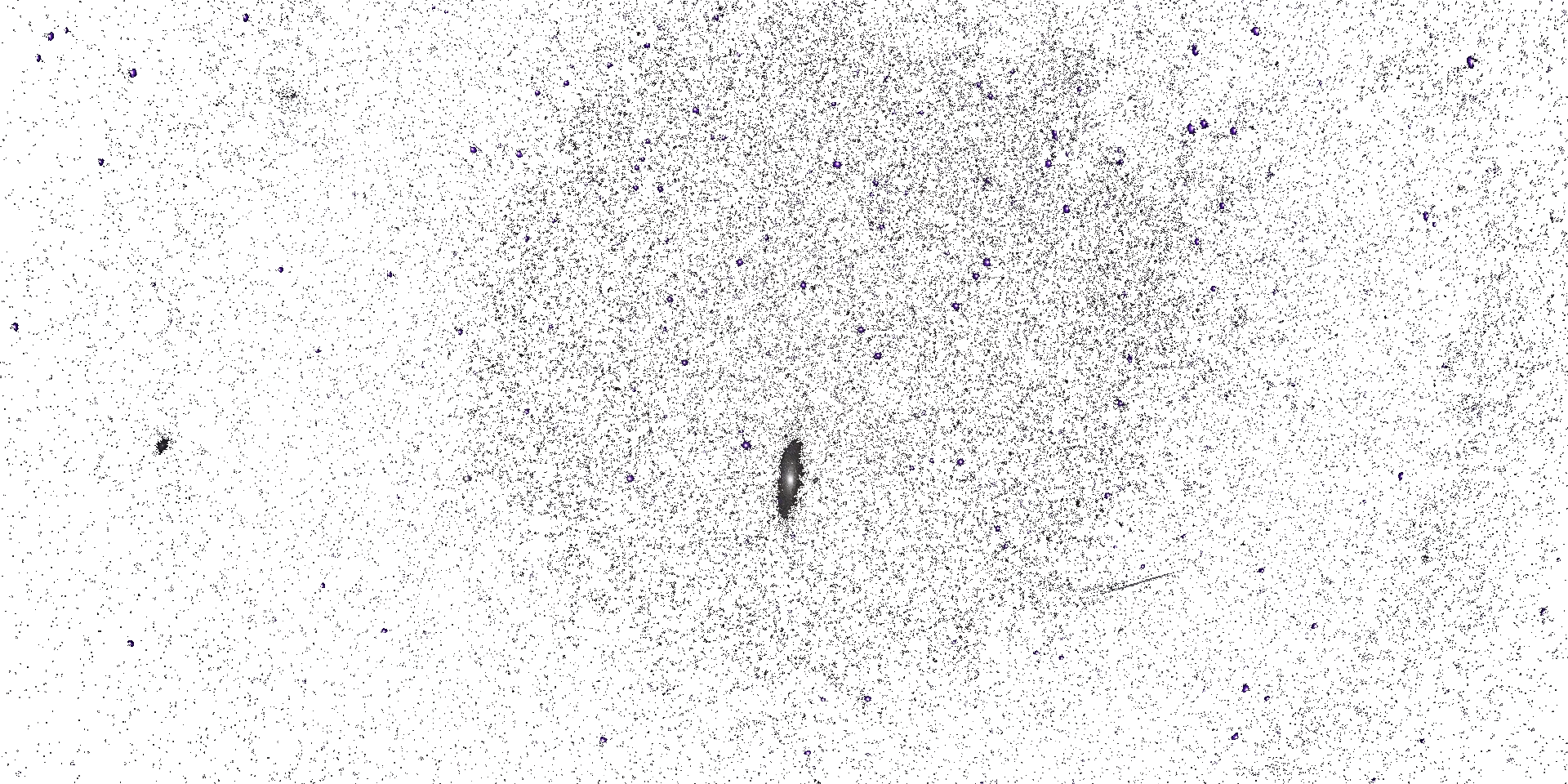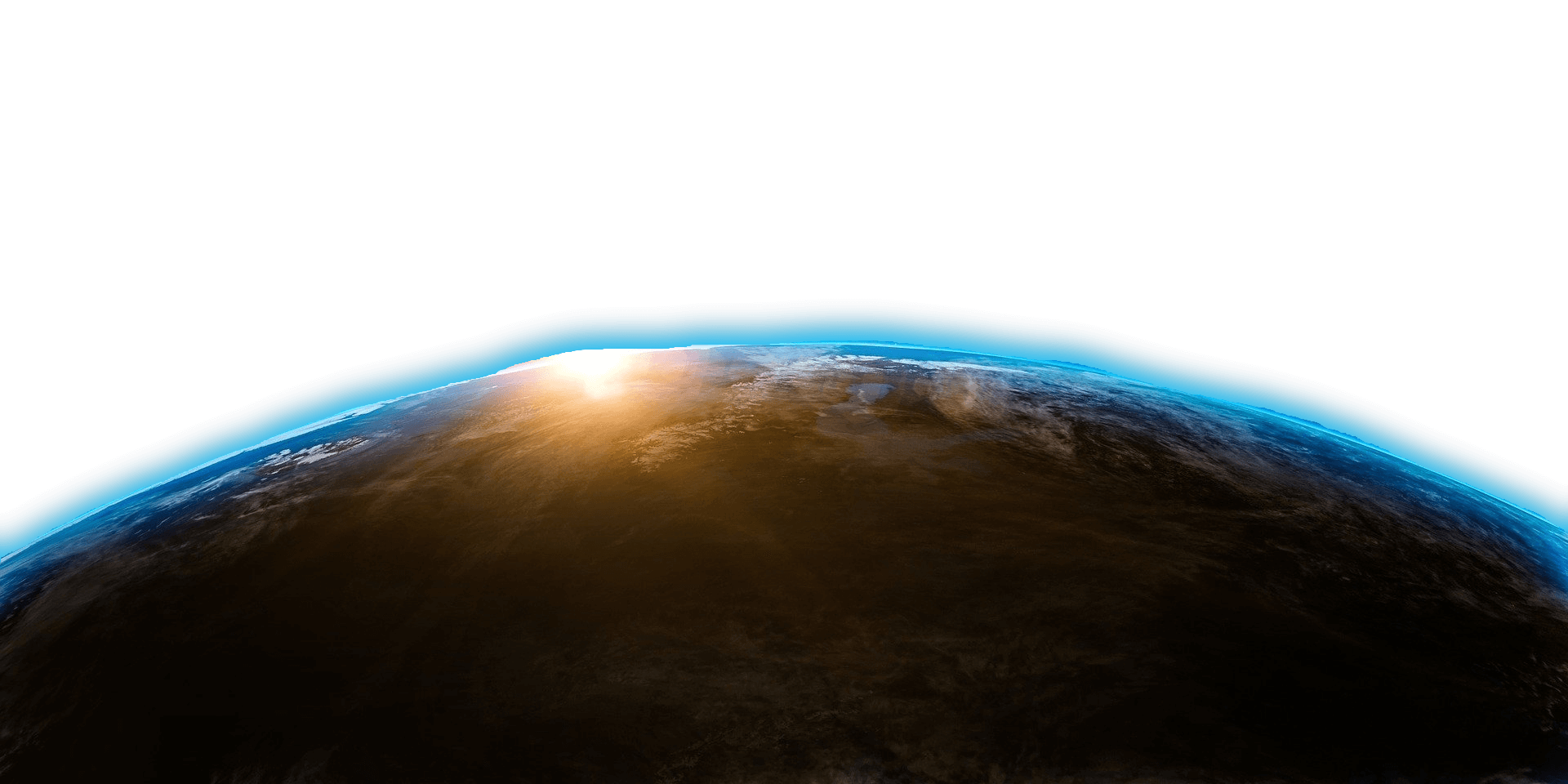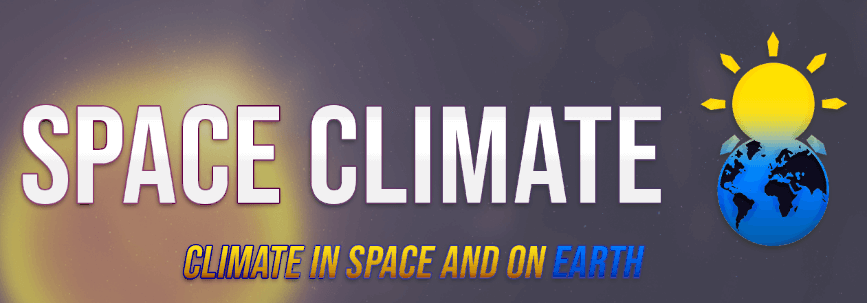




Space Climate 8 Meeting Abstract
An Ambiguous Nature of Solar Cycle Signal in the Stratospheric Ozone
Sandip Dhomse (University of Leeds, Leeds, UK)
Martyn Chipperfield (Leeds Uni., UK), Wuhu Feng (Leeds Uni., UK), Yajuan Li (Nanjing Xiaozhuang Uni., Nanjing, China)
As total solar irradiance (TSI) fluxes over 11-year solar cycle change are less than 0.1%, excepted associated perturbations to the climate variability are thought to be much smaller. However, as some of the largest changes occur at UV part of the solar spectrum, 11-year solar flux variability related changes in stratospheric ozone are thought to be easily detectable. And until now our estimates about the 11-year solar cycle signal (SCS) in stratospheric ozone has been largely based on high-quality (but sparse) ozone profiles from the Stratospheric Aerosol and Gas Experiment (SAGE) II or coarsely resolved ozone profiles from the nadir-viewing Solar Backscatter Ultraviolet Radiometer (SBUV) satellite instruments. And both these satellite datasets suggested a “double-peak” structured SCS in the tropical stratospheric ozone (a peak in upper and lower stratosphere with a minimum signal in the middle stratosphere). However, if we use updated SAGE V7.0 magnitude of the upper stratospheric SCS is much smaller and secondary peak in the tropical lower stratosphere became prominent. Hence, quantification of exact nature and magnitude of the SCS in the stratospheric ozone remains as an open scientific question.
Here, we analyse 16 years (2005–2020) of ozone profile measurements from the Microwave Limb Sounder (MLS) instrument on the Aura satellite to estimate the 11-year SCS in stratospheric ozone. Our analysis of Aura-MLS data suggests a single-peak-structured SCS profile (about 3 % near 4 hPa or 40 km) in tropical stratospheric ozone, which is significantly different to the SAGE II and SBUV-based double-peak-structured SCS. We also find that MLS-observed ozone variations are more consistent with ozone from our control model simulation that uses NRL v2 solar fluxes. An ensemble of ordinary least squares (OLS) and three regularised (lasso, ridge and elastic net) linear regression models confirms the robustness of the estimated SCS. Finally, we argue that the overall significantly different SCS compared to previous estimates might be due to a combination of different factors such as much denser MLS measurements, almost linear stratospheric chlorine loading changes over the analysis period, variations in the stratospheric dynamics as well as relatively unperturbed stratospheric aerosol layer that might have influenced earlier analyses.
Lastly, we would compare SCS from model simulations forced with ERA5 and ERA-interim reanalysis data with observational based SWOOSH and ML-TOMCAT data sets. We find that for solar cycle 24, there is reasonable agreement in SCS estimates derived using model simulations and observational data sets, large differences are observed for earlier period.
References:
Dhomse SS, Chipperfield MP, Feng W, Hossaini R, Mann GW, Santee ML, Weber M. A single-peak-structured solar cycle signal in stratospheric ozone based on Microwave Limb Sounder observations and model simulations. Atmospheric Chemistry and Physics. 2022
Dhomse, S.S., Chipperfield, M.P., Damadeo, R.P., Zawodny, J.M., Ball, W.T., Feng, W., Hossaini, R., Mann, G.W. and Haigh, J.D., 2016. On the ambiguous nature of the 11 year solar cycle signal in upper stratospheric ozone. Geophysical Research Letters, 43(13), pp.7241-7249.
